Instruction
What you can learn about the golf swing from an NFL quarterback’s throwing motion
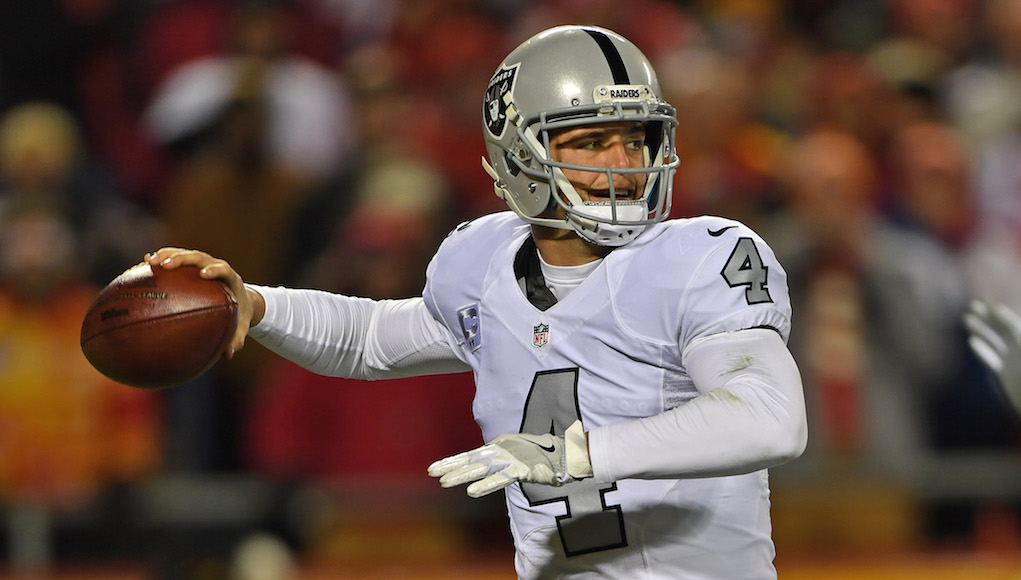
The more I have studied the golf swing throughout my coaching career, the more I have realized its similarities to a throwing motion… but not just any throwing motion. The movements necessary to properly swing a golf club are remarkably similar to the way an elite, efficient NFL quarterback throws a football.
Why a quarterback and not a baseball pitcher? Pitchers throw the same distance every time (60 feet, 6 inches) with a ball/strike percentage of just 62 percent. An NFL quarterback has to be more accurate and precise under different circumstances, making a variety of throws from different lengths. As for their accuracy? Often a quarterback’s 30-yard pass is into a windows the size of a receiver’s hands, and the difference of a few inches determines whether a pass was a huge success or complete failure.
I had the opportunity to sit down with one of the best in the business, Todd Downing, quarterback coach of the Oakland Raiders, to discuss the similarities.
“The longer the motion, the more margin for error,” says Todd Downing, quarterback coach of the Oakland Raiders.
When it comes to throwing mechanics, Downing works on limiting motion to develop speed, consistency and efficiency. He works on shortening the stroke of the throw to make it as efficient as possible. “The second an extra moving parts start to go, a big sweeping motion with the arm will occur, which is not necessary,” Downing says about a quarterback’s throwing motion.
In golf, when we limit excess movement, players will have a greater chance of a consistent and a more efficient strike, and more efficiency equals more speed and distance. If you look at any sport, great athletes seem to do more with less. For example, a quarterback’s effortless throwing motion producing a 60-yard throw; a simple golf swing producing a 300-yard drive; or the smooth home-run swing of Ken Griffey Jr.
The similarities between the two motions — a quarterback’s throwing motion and a PGA Tour player’s golf swing — as well as how they are taught is striking. In both sports, the target is in front of you and both motions should be trained to produce forward inertia, with the body moving toward the target. As it turns out, there are also several misconceptions about the two motions.
The Setup
In both golf and the quarterback position, getting into the proper setup is key to making an efficient motion. The better position we start in, the better chance we have to succeed. In both sports, we have 100 percent control of our posture, so both should be practiced, maintained, and put us in a position to make the most effortless, efficient stroke possible.
In golf, when a golfer sets up with incorrect body angles at address, then he or she will have to “find” the correct impact position on the downswing, requiring more motion and timing to be successful. That results in inconsistent shots.
“It starts with the setup,” Downing says.
When a quarterback is not in the correct posture when he throws, for example, or had to throw with his body in the incorrect position with bad balance, the chances of accuracy are diminished. The quarterback has to try and find his correct throwing shape or posture. If both a golfer and a quarterback start correctly, the chances of accuracy are increased.
The Coil and Throwing Position
This position has by far the most similarities, as well as misconceptions. In the golf swing, the backswing is a coil, which should have a golfer’s body move the proper direction and amount. This allows golfers to swing down and through in the most efficient way possible: going toward the target.
Note that I used the word coil and not the word turn. This is a common misconception; I’ve found that golfers who think about turn tend to get what I call “over-rotated” and/or turned in the wrong direction, which causes a lack of power.
If you correctly fold up your right arm in the backswing with the correct sequence, you can allow your glutes to load and body to be pulled into the proper coil position. Attempting to consciously create a bigger shoulder and/or torso rotation is not required and is a false sense of power. Over-rotating or consciously trying to turn your upper body from the start can result in your body tilting toward the target and downwards, as shown below, which is incorrect.
“Why would you twist [your torso] when you want to drive forward?” Downing says.
This goes back to the false sense of power previously mentioned. in both athletic moves, a big rotation away from the target is not required.
Below is a great drill to feel the proper coil. Get into your correct golf posture with just your right arm holding the club. Fold up your right arm, and then grip the club with your left hand. As your left arm moves around to grab the club, allow your right glute to move back and the left side of your body to move out. If this changes your backswing position, it will be for the better. You’ll notice how much more powerful the new position is as you swing the club into impact.
The same is true with NFL quarterbacks, Downing says. The quarterbacks that struggle are “the ones that feel like they need that long, throwing motion to develop speed.” Downing works to tighten loose throwing motions, making them more efficient and resulting in more speed.
The Finish Position
Downing teaches what’s called the “flamingo finish” for his quarterbacks, which can be translated to golf and is a great drill for many golfers. A flamingo finish is one where a quarterback can lift his trail foot completely off the ground as the right shoulder is over the lead foot. This drill is especially great for golfers that hang back with their upper body in the swing.
Below is a picture of the NFL Raiders quarterback Derek Carr in the “flamingo pose.”
How do we use this for our golf swing? Getting your right shoulder over your left foot (for a right-handed golfer) in the finish position is a great way to make sure your right side has rotated around through the shot. “Standing tall” in the finish is a product of your upper and lower body working properly through impact.
As a drill, hold your finish and make sure you can lift your right foot off the ground. This is an indication that your weight has moved forward through the shot.
Lastly, a point about work ethic. Downing usually starts his day at 5:15 a.m. and leaves at 9 p.m. The quarterbacks he works with tend to share the same work ethic. The desire to constantly improve is a requirement for both a player, and a coach, to reach the peak of your sport.
- LIKE221
- LEGIT31
- WOW7
- LOL2
- IDHT4
- FLOP6
- OB3
- SHANK29
Instruction
Clement: Laid-off or perfect fade? Across-the-line or perfect draw?

Some call the image on the left laid off, but if you are hitting a fade, this could be a perfect backswing for it! Same for across the line for a draw! Stop racking your brain with perceived mistakes and simply match backswing to shot shape!
- LIKE0
- LEGIT0
- WOW0
- LOL0
- IDHT0
- FLOP0
- OB0
- SHANK1
Instruction
The Wedge Guy: The easiest-to-learn golf basic

My golf learning began with this simple fact – if you don’t have a fundamentally sound hold on the golf club, it is practically impossible for your body to execute a fundamentally sound golf swing. I’m still a big believer that the golf swing is much easier to execute if you begin with the proper hold on the club.
As you might imagine, I come into contact with hundreds of golfers of all skill levels. And it is very rare to see a good player with a bad hold on the golf club. There are some exceptions, for sure, but they are very few and very far between, and they typically have beat so many balls with their poor grip that they’ve found a way to work around it.
The reality of biophysics is that the body moves only in certain ways – and the particulars of the way you hold the golf club can totally prevent a sound swing motion that allows the club to release properly through the impact zone. The wonderful thing is that anyone can learn how to put a fundamentally sound hold on the golf club, and you can practice it anywhere your hands are not otherwise engaged, like watching TV or just sitting and relaxing.
Whether you prefer an overlap, interlock or full-finger (not baseball!) grip on the club, the same fundamentals apply. Here are the major grip faults I see most often, in the order of the frequency:
Mis-aligned hands
By this I mean that the palms of the two hands are not parallel to each other. Too many golfers have a weak left hand and strong right, or vice versa. The easiest way to learn how to hold the club with your palms aligned properly is to grip a plain wooden ruler or yardstick. It forces the hands to align properly and shows you how that feels. If you grip and re-grip a yardstick several times, then grip a club, you’ll see that the learning curve is almost immediate.
The position of the grip in the upper/left hand
I also observe many golfers who have the butt of the grip too far into the heel pad of the upper hand (the left hand for right-handed players). It’s amazing how much easier it is to release the club through the ball if even 1/4-1/2″ of the butt is beyond the left heel pad. Try this yourself to see what I mean. Swing the club freely with just your left hand and notice the difference in its release from when you hold it at the end of the grip, versus gripping down even a half inch.
To help you really understand how this works, go to the range and hit shots with your five-iron gripped down a full inch to make the club the same length as your seven-iron. You will probably see an amazing shot shape difference, and likely not see as much distance loss as you would expect.
Too much lower (right) hand on the club
It seems like almost all golfers of 8-10 handicap or higher have the club too far into the palm of the lower hand, because that feels “good” if you are trying to control the path of the clubhead to the ball. But the golf swing is not an effort to hit at the ball – it is a swing of the club. The proper hold on the club has the grip underneath the pad at the base of the fingers. This will likely feel “weak” to you — like you cannot control the club like that. EXACTLY. You should not be trying to control the club with your lower/master hand.
Gripping too tightly
Nearly all golfers hold the club too tightly, which tenses up the forearms and prevents a proper release of the club through impact. In order for the club to move back and through properly, you must feel that the club is controlled by the last three fingers of the upper hand, and the middle two fingers of the lower hand. If you engage your thumbs and forefingers in “holding” the club, the result will almost always be a grip that is too tight. Try this for yourself. Hold the club in your upper hand only, and squeeze firmly with just the last three fingers, with the forefinger and thumb off the club entirely. You have good control, but your forearms are not tense. Then begin to squeeze down with your thumb and forefinger and observe the tensing of the entire forearm. This is the way we are made, so the key to preventing tenseness in the arms is to hold the club very lightly with the “pinchers” — the thumbs and forefingers.
So, those are what I believe are the four fundamentals of a good grip. Anyone can learn them in their home or office very quickly. There is no easier way to improve your ball striking consistency and add distance than giving more attention to the way you hold the golf club.
More from the Wedge Guy
- The Wedge Guy: Golf mastery begins with your wedge game
- The Wedge Guy: Why golf is 20 times harder than brain surgery
- The Wedge Guy: Musings on the golf ball rollback
- LIKE87
- LEGIT13
- WOW6
- LOL1
- IDHT0
- FLOP4
- OB1
- SHANK8
Instruction
Clement: Stop ripping off your swing with this drill!

Not the dreaded headcover under the armpit drill! As if your body is defective and can’t function by itself! Have you seen how incredible the human machine is with all the incredible feats of agility all kinds of athletes are accomplishing? You think your body is so defective (the good Lord is laughing his head off at you) that it needs a headcover tucked under the armpit so you can swing like T-Rex?
- LIKE0
- LEGIT2
- WOW2
- LOL0
- IDHT0
- FLOP0
- OB0
- SHANK2
-

 19th Hole2 weeks ago
19th Hole2 weeks agoDave Portnoy places monstrous outright bet for the 2024 Masters
-

 19th Hole4 days ago
19th Hole4 days agoJustin Thomas on the equipment choice of Scottie Scheffler that he thinks is ‘weird’
-

 19th Hole2 weeks ago
19th Hole2 weeks agoTiger Woods arrives at 2024 Masters equipped with a putter that may surprise you
-

 19th Hole4 days ago
19th Hole4 days ago‘Absolutely crazy’ – Major champ lays into Patrick Cantlay over his decision on final hole of RBC Heritage
-

 19th Hole2 weeks ago
19th Hole2 weeks agoTwo star names reportedly blanked Jon Rahm all week at the Masters
-

 19th Hole1 week ago
19th Hole1 week agoReport: LIV Golf identifies latest star name they hope to sign to breakaway tour
-

 19th Hole2 weeks ago
19th Hole2 weeks agoNeal Shipley presser ends in awkward fashion after reporter claims Tiger handed him note on 8th fairway
-

 19th Hole1 week ago
19th Hole1 week agoBrandel Chamblee has ‘no doubt’ who started the McIlroy/LIV rumor and why



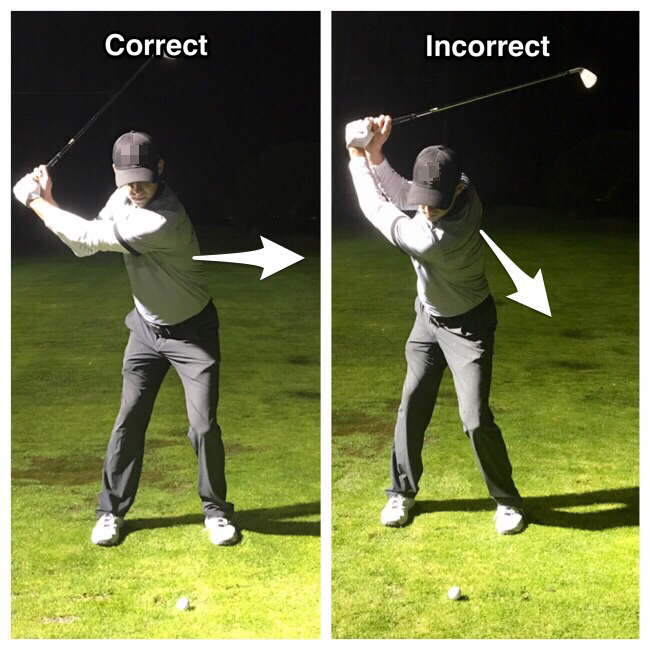





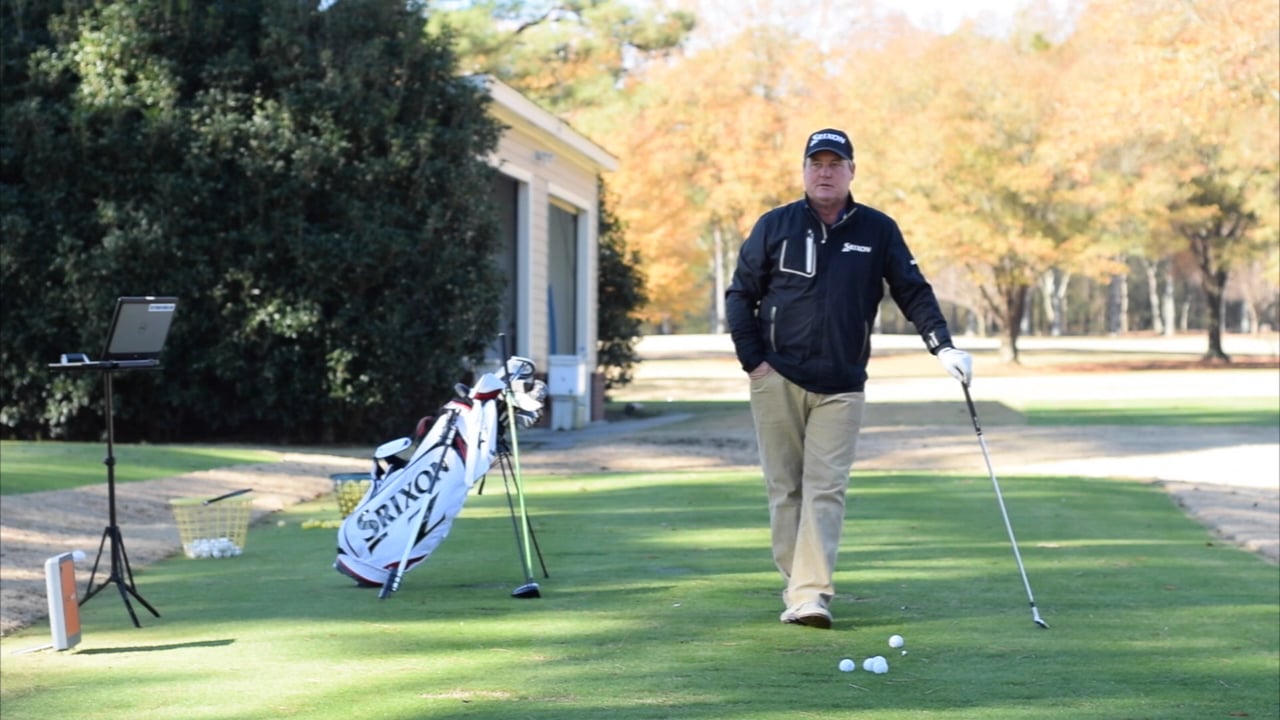
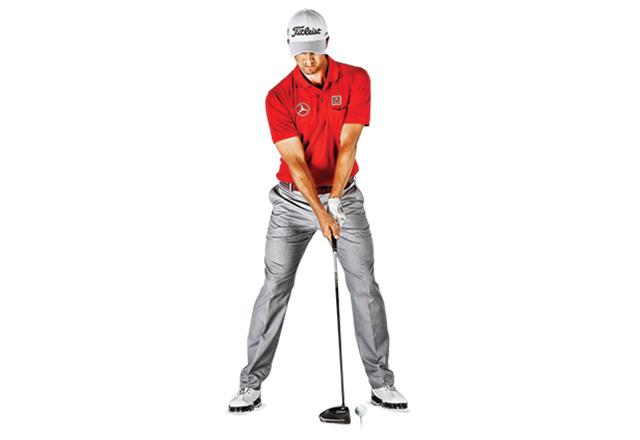
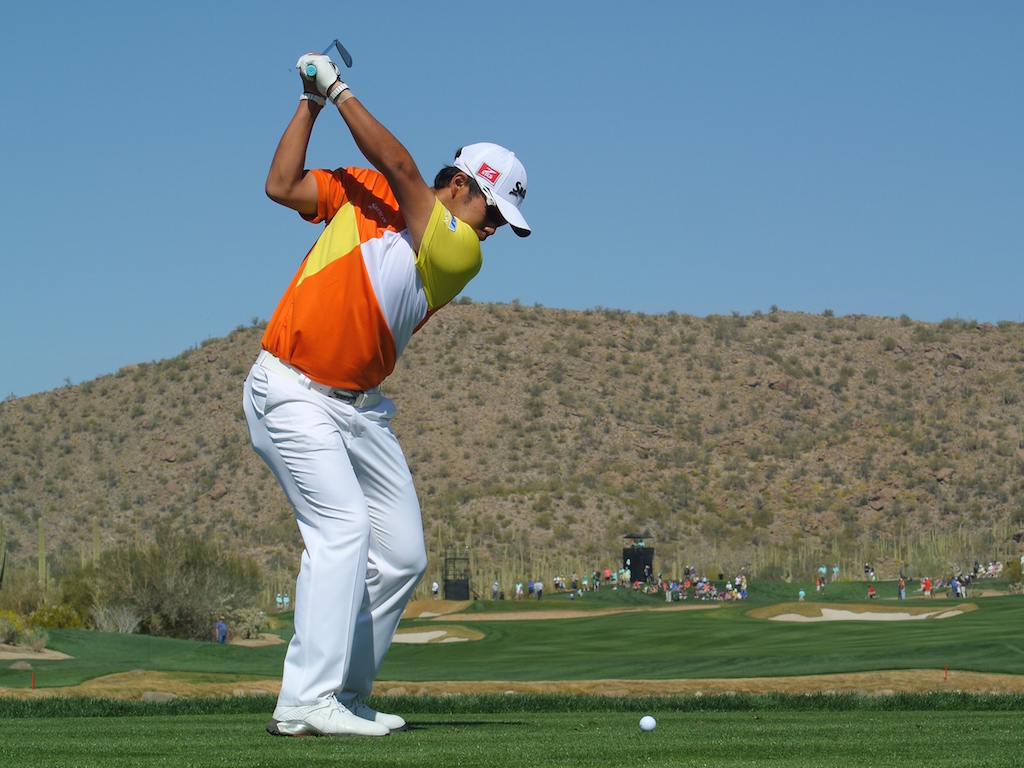
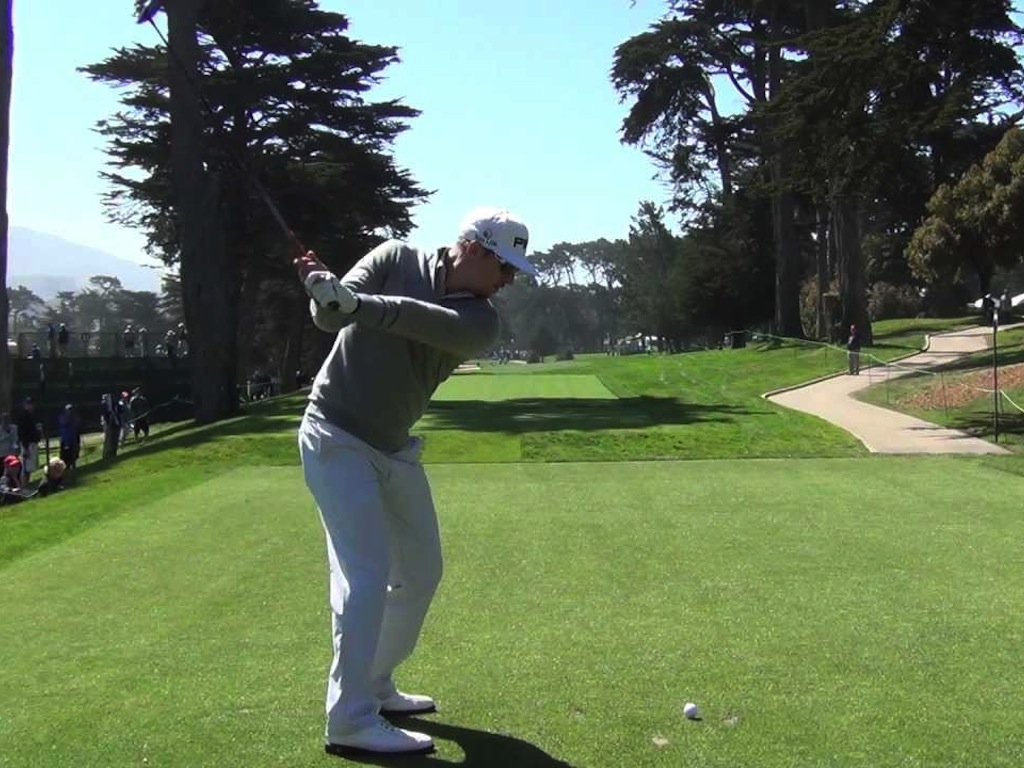
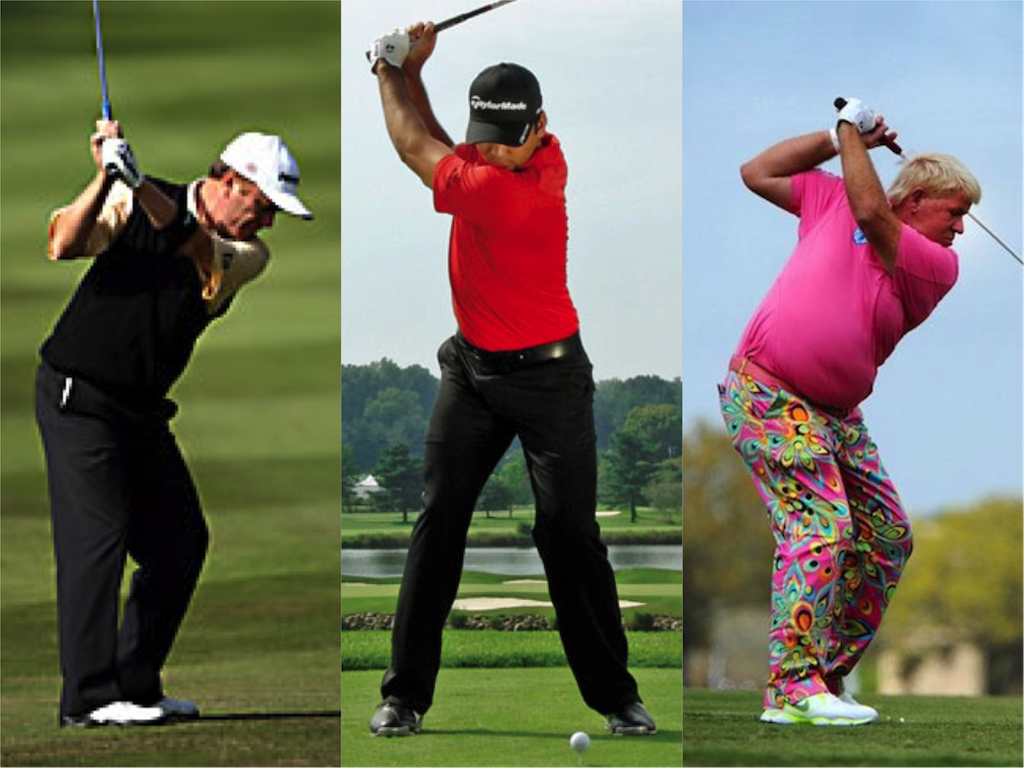













Jeffrey Purtell
Dec 29, 2016 at 11:52 pm
I just laid some bricks down to repair my shed roof. The golf lesson I got was amazing. My handicap is going to plummet.
knoofah
Dec 29, 2016 at 3:24 pm
The best piece of advice in this article is the last paragraph, but I like what the author is saying.
Joe Brennan
Dec 28, 2016 at 1:55 am
Definitely helped my swing
MuskieCy
Dec 27, 2016 at 12:46 am
All quarterbacks would be better with hyper-precise change ups.
Sometimes, actually most times, with 300lbs bullets flying around a fastball all is all you have.
Alex
Dec 26, 2016 at 1:58 pm
Definitely one of the best articles I’ve read in awhile!
Double Mocha Man
Dec 26, 2016 at 1:07 pm
The Raiders are a playoff team this year. Though I don’t know if I’d be willing to break a leg to have a better golf swing.
Christosterone
Dec 26, 2016 at 12:03 pm
Awesome article…
Only problem was putting a Raider as ur archetypal QB…
I didn’t know they still had were an NFL team…though they moved to England or Canada…
????
Jk…great article A++++
-Chris
Dennis Jones
Dec 26, 2016 at 11:41 am
While I’m sure your article has some merit, the initial theory of a baseball pitcher not being as accurate as a quarterback is flawed. A pitcher isn’t trying to throw the ball over the center of the strike zone, if he did, it would result in a homerun almost every time. A quarterback isn’t trying to throw a screwball, change up, curve or slider. Each is different is their own way but don’t to confuse people with your misguided summation.
Double Mocha Man
Dec 26, 2016 at 2:36 pm
I’ve seen some QB’s throw screwballs and knuckleballs. And oftentimes they are required to throw a change-up.
Calheel
Dec 27, 2016 at 3:51 pm
Noticed Tebow at the QB position did you?
Double Mocha Man
Dec 27, 2016 at 10:24 pm
Except, now Tebow is trying to hit screwballs, knuckleballs and change-ups…